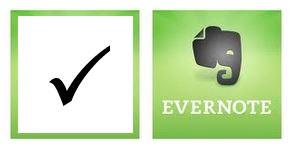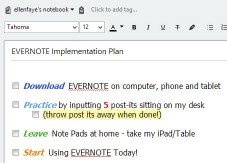24 Sep Clear Your Space To Be More Productive

A friend shared a blog posted with some quick easy organizing tips this morning and that got me thinking about productivity and organizing. I try to keep a productivity voice to my blog – it’s what I do and who I am. But, sometimes good old fashion SPACE CLEARING is the one thing you need to do to be most productive. Everything I talk about is a cross between getting organized and being more productive – they are not separate, getting organized is what you do to make yourself more productive. So in honor of Jodi’s post, here are a few tips to help you clear some space.
A PLACE FOR EVERYTHING: The greatest benefit of having a place for everything is NOT that you know where to find something when you need it (though that is lovely), it’s so you have a place to put things so they are not sitting around cluttering up your physical or emotional space. I always think more clearly when my space is clear and it only takes a moment to put things in their place. Having THE place is the secret. Here’s an example:
- Unattached or Unidentified Cords and Wires – everyone has them. My solution is to create a MYSTERY CORDS and WIRES BOX. When I’m looking for a cord or wire I know exactly where to go look. But the best part is that cords don’t clutter my surfaces, if I have one I toss it in the box.






